Introduction
Knowing more about relative humidity is the very first step to dealing with humidity. However, this could be quite confusing if one is not careful. One of the key components to breathing healthy air is its fresh and clean state, and also the relative humidity.
The relative humidity is regarded as the calculation of the amount of water vapor in the air at a specific temperature. The value of relative humidity is always expressed in percentage. The higher the temperature of a place, the increase in the capacity of the atmosphere being able to hold more moisture. The ideal range of relative humidity that is suitable for Humans is between 40%-60%.
During periods when the relative humidity is high, it could create lots of problems for some structures in place, and also for people in their homes. The relative humidity is an essential factor of the quality of air in the home, and it is important for homeowners to have a basic knowledge about the concept of relative humidity, and how it can be controlled effectively so that it does not endanger their homes and the lives of the family in the long run.
There are certain erroneous beliefs about relative humidity, and the major ones are discussed below:
Ventilation alone can solve Relative Humidity issues

This is one of the commonly widespread notions about ventilation and how it affects relative humidity. People are usually of the opinion that ventilation can step down the level of humidity in a space. However, this opinion is not always exact. In regions such as the East Coast and others, the level of humidity is higher outside than inside, so once ventilation is increased, more problem is being created. On the other hand, during winter months, there is an exclusion, as the relative humidity outside is usually low.
To solve relative humidity issues such as lowering it, ventilation is best combined with dehumidification, and in doing this, a relaxed atmospheric condition is reached. Ventilation alone cannot carry out this function. Also, a more efficient way would be to combine a dehumidification system and ventilation in one design for them to work hand-in-hand bearing in mind the efficiency and cost. Most families buy dehumidifiers to reduce indoor humidity. Alorair dehumidifiers are popular among most customers. These dehumidifiers can not only dehumidify but also improve indoor air quality. They are ideal for healthy families.
Air conditioning can step down the relative humidity
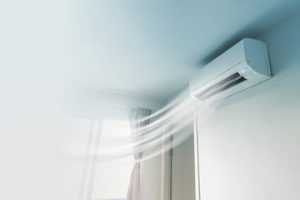
This is another mainstream belief which people have about air conditioning in relation to relative humidity. The fact still remains that air conditioners do not function in that aspect. Now, reducing the temperature of a place increases the relative humidity instead of bringing it down. Also, if the temperature is decreased without the removal of water, the water occupies the vacant space in the air, which is an indication that the relative humidity has increased.
Air conditioners function by getting rid of the temperature which is the sensible heat, and not removing water which is the latent heat. When the temperature is low, evaporation becomes quite impossible, this is the reason why moisture-associated problems, are usually described with words such as damp, humid, and cold.
For air conditioning to be effective, it should be used with a dehumidification system, the Alorair dehumidifier is your best choice. With this, the water would be removed from the wanted area and it would be eliminated without causing damage to goods, structures, and equipment.
Relative humidity can be controlled by heat
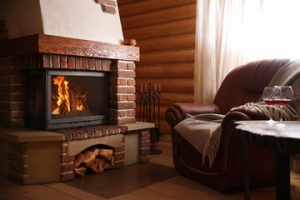
Heat implies an increase in the temperature of a surrounding, and it is very unproductive when it comes to handling high relative humidity issues. The same principle which surrounds the lowering of temperature without the removal of water which would see to the increase of the relative humidity also applies to increase the temperature without having to change the water content to lower the relative humidity.
Heat or high temperature, in this case, causes disadvantageous effects such as uneasiness, the poor performance of equipment, damage of goods, and invitation of pests.
Conclusion
Knowing the basis of relative humidity is essential because sustaining the right relative humidity is one of the efficient ways to make sure that mold, mildew, and other allergens do not affect your everyday life.
However, many people are usually at a loss on how to control the level of relative humidity at either their home or workplace. Hence, they end up with the application of unproductive and ineffectual practices. Alorair is committed to providing everyone with the most advanced dehumidification solutions to meet the challenge of increasing indoor humidity. Alorair SLGR dehumidifiers can provide better drying results and always help you maintain a low relative humidity level.







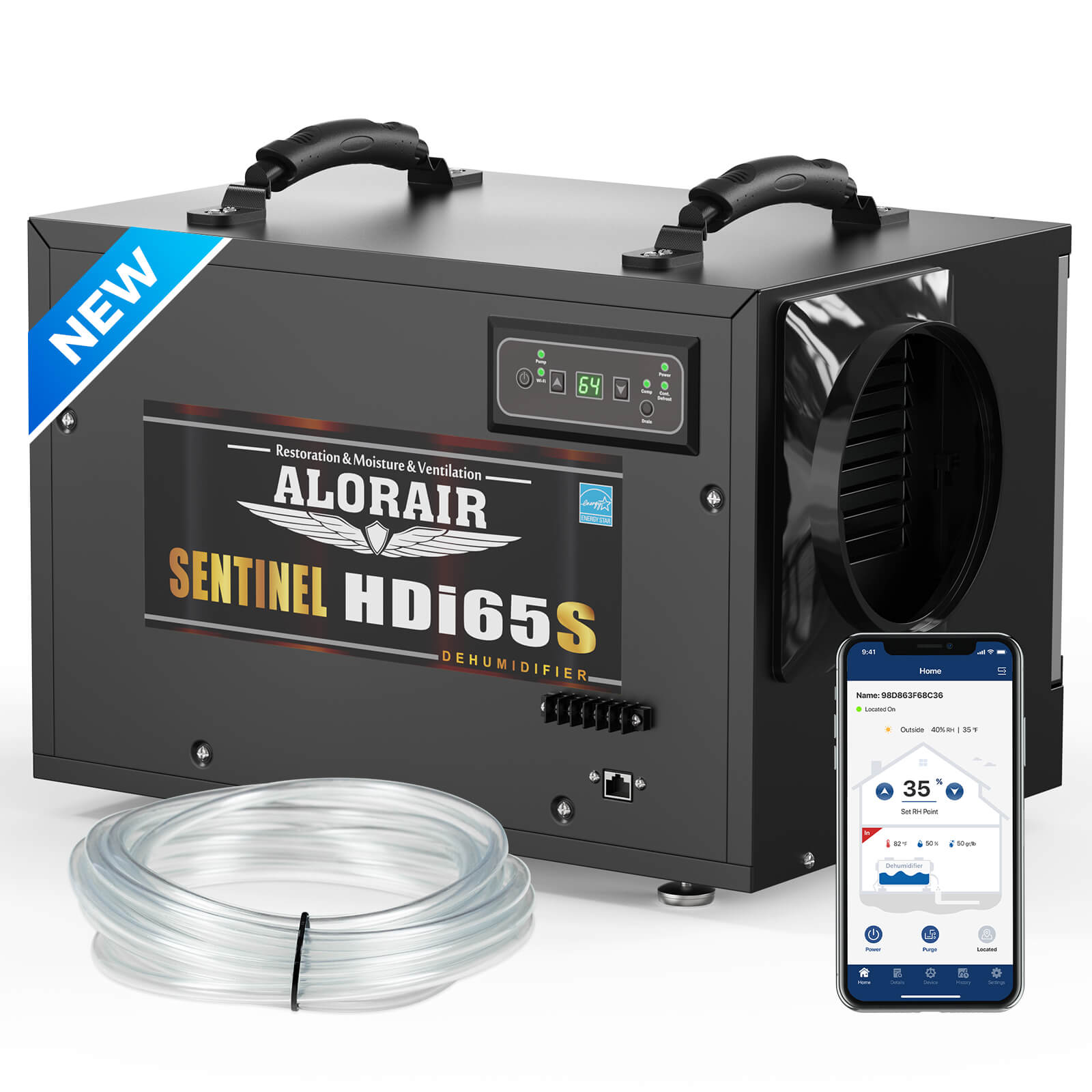
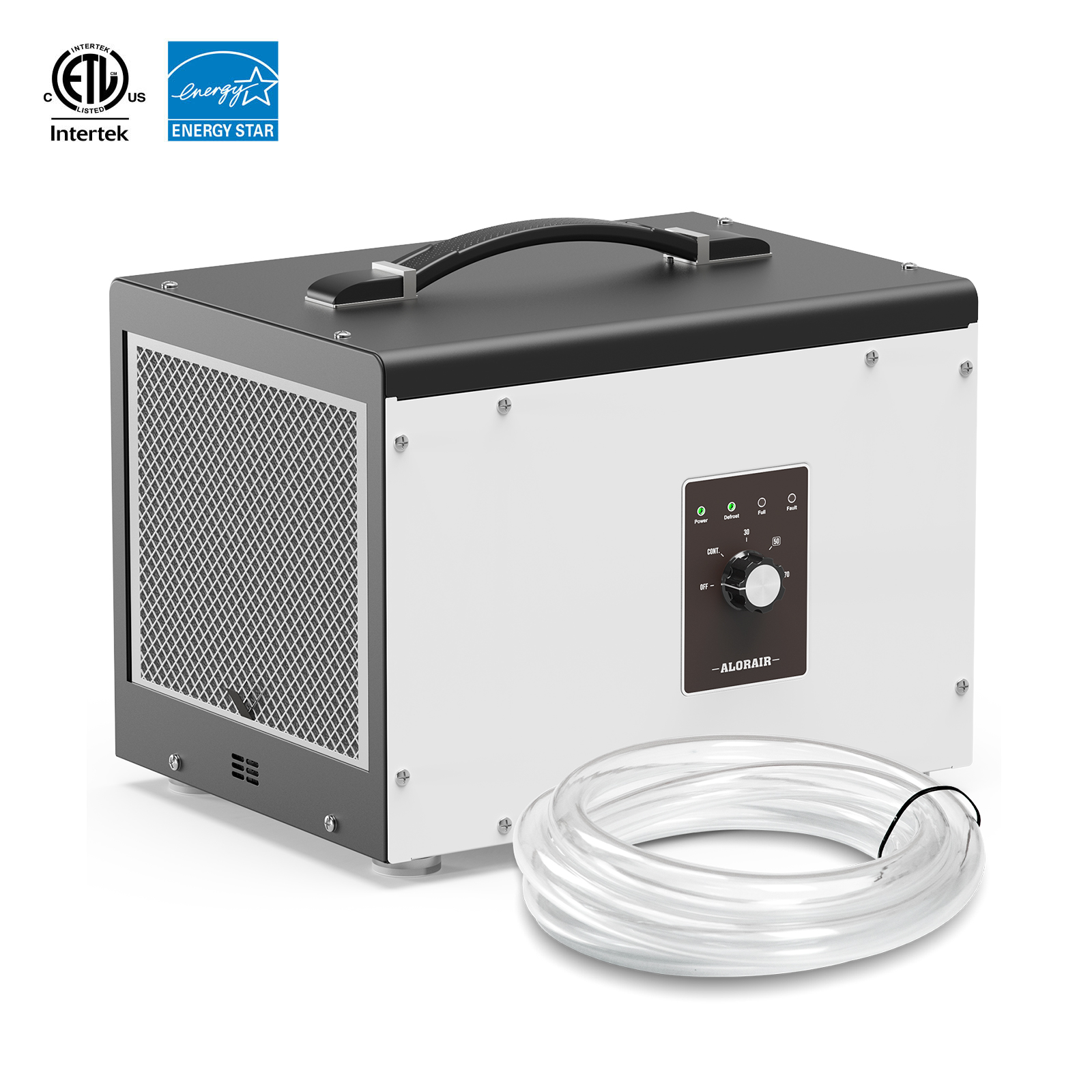
.jpg)
.jpg)

.jpg)
.jpg)
.HDi90.png)
.HD90.png)



.jpg)
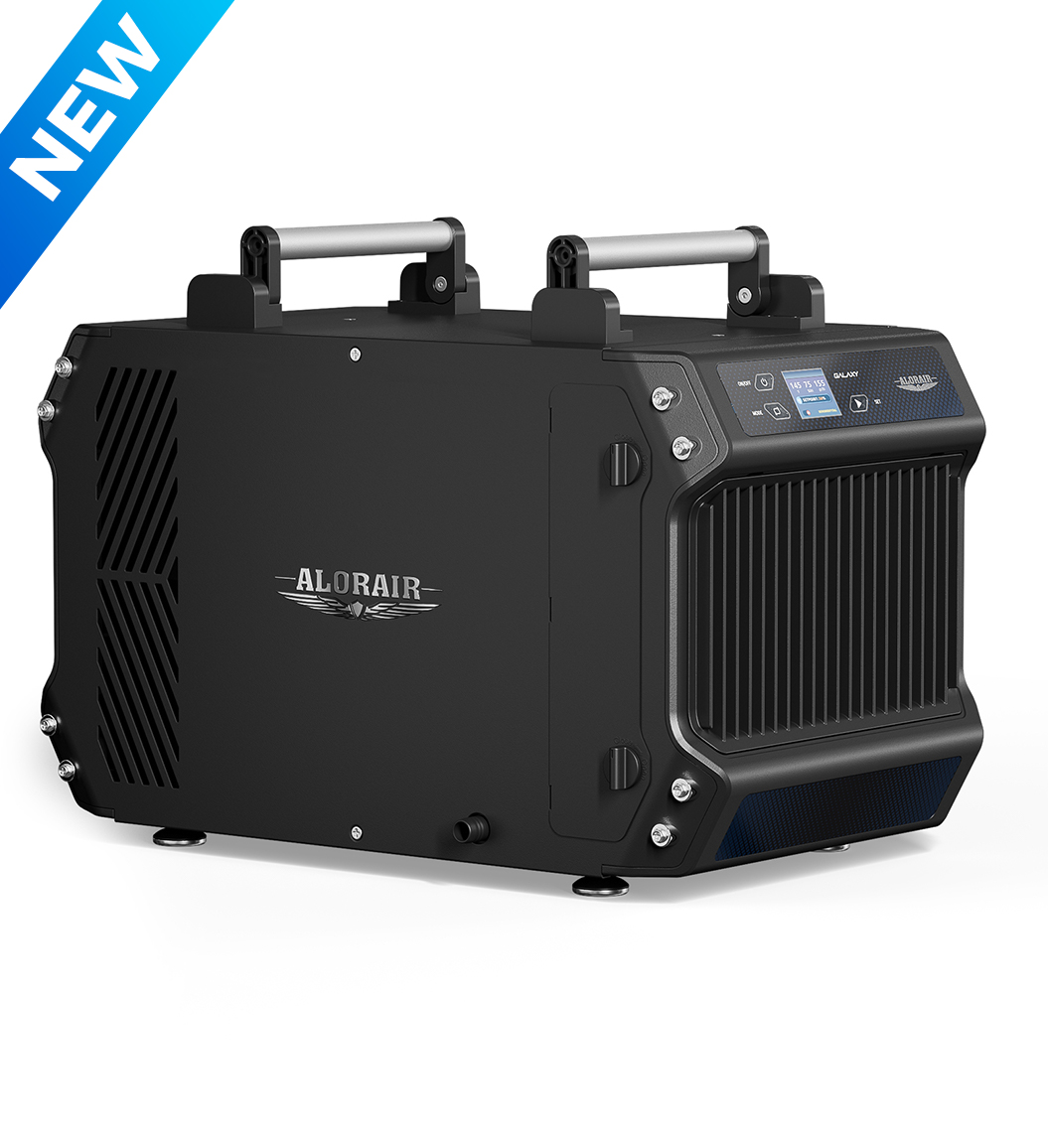
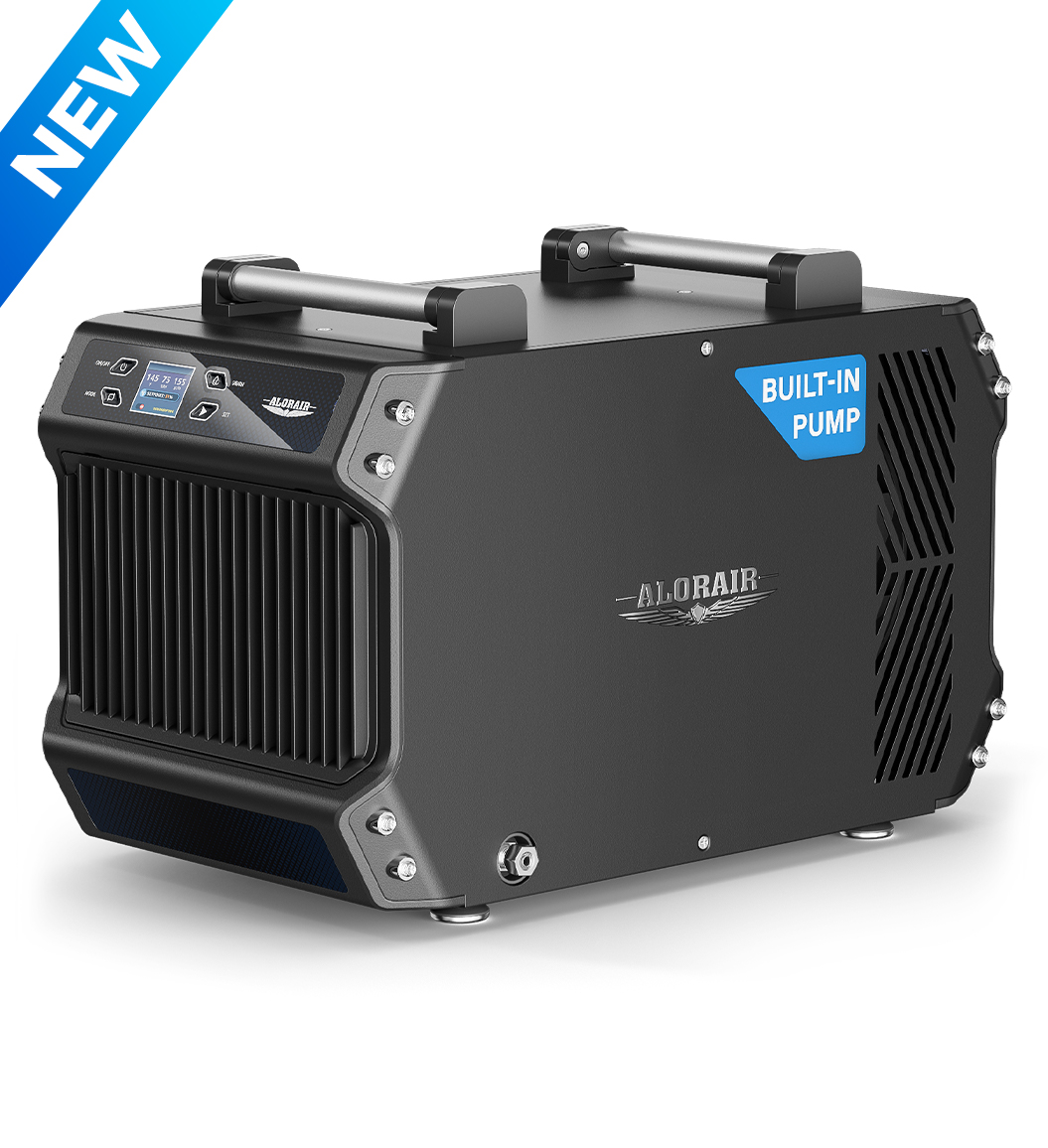




.jpg)
.jpg)
.jpg)
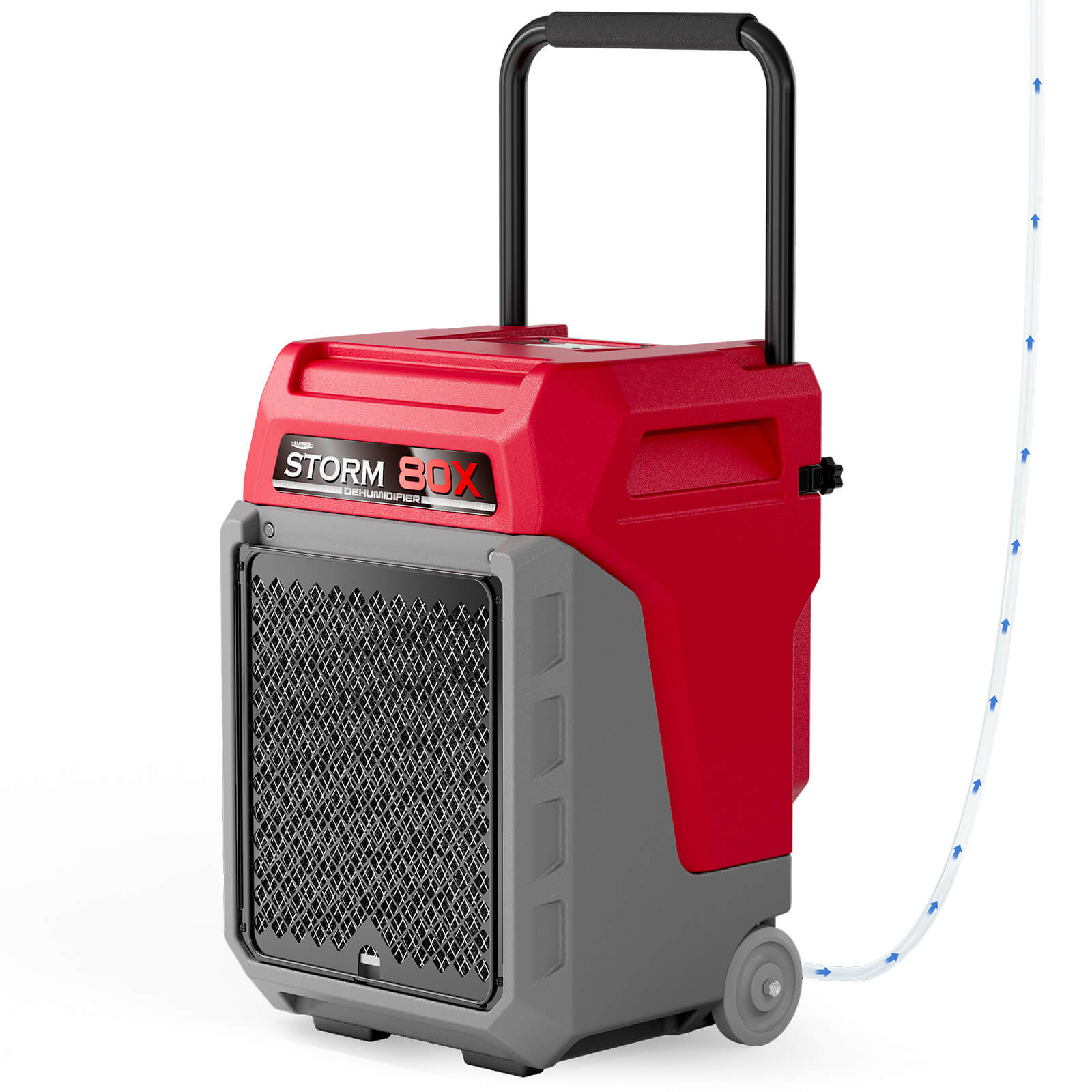


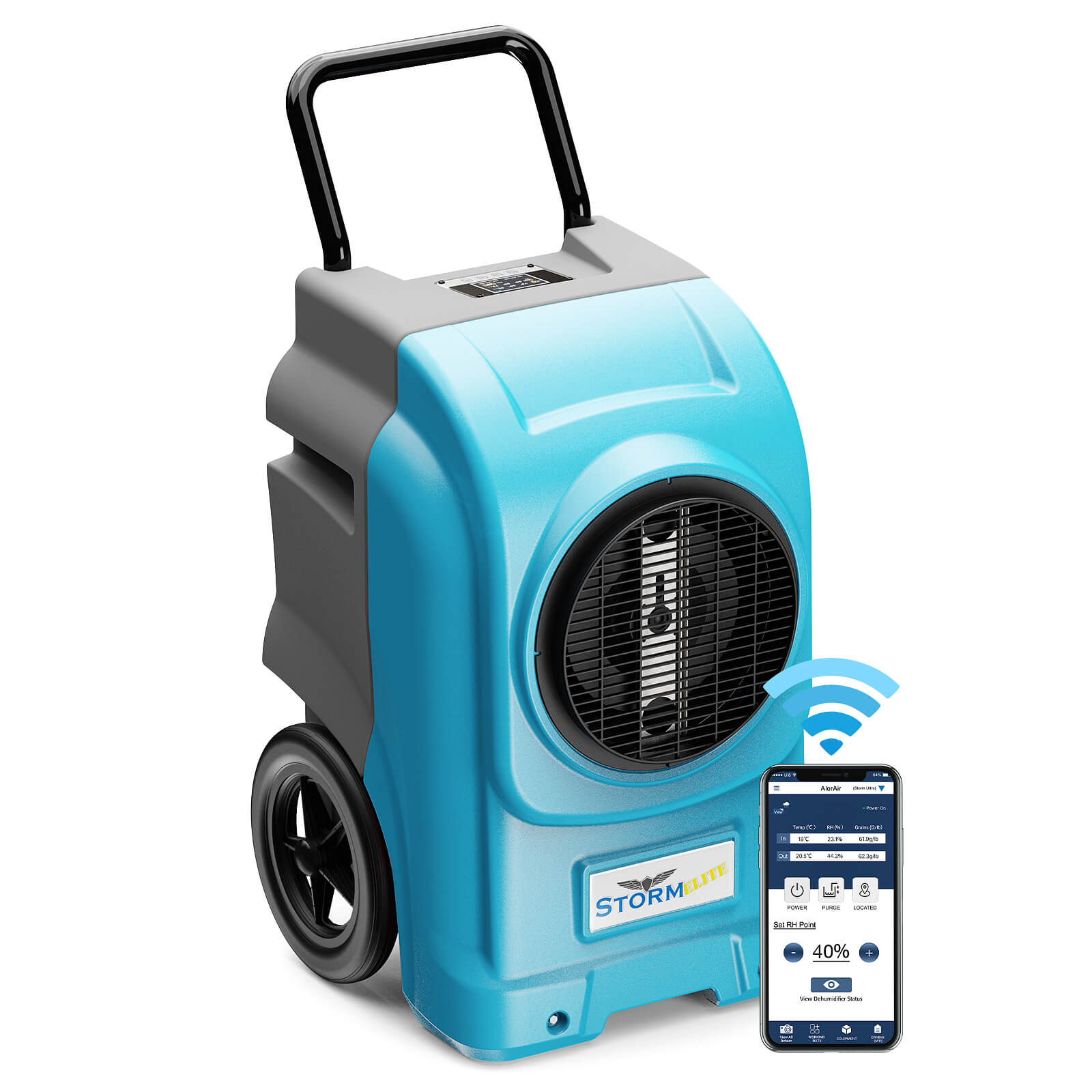

.jpg)
.jpg)

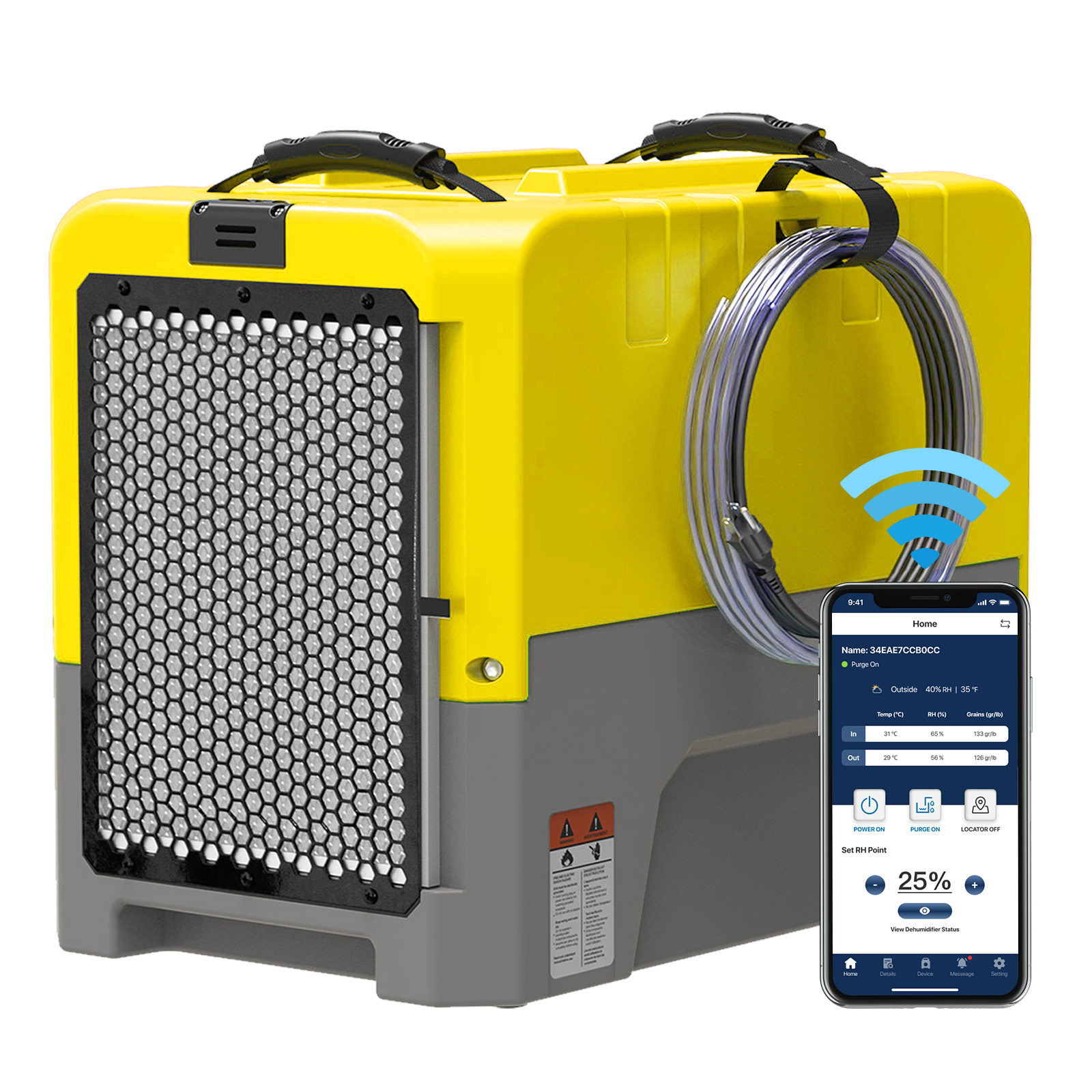








.jpg)
.jpg)








.jpg)
.jpg)










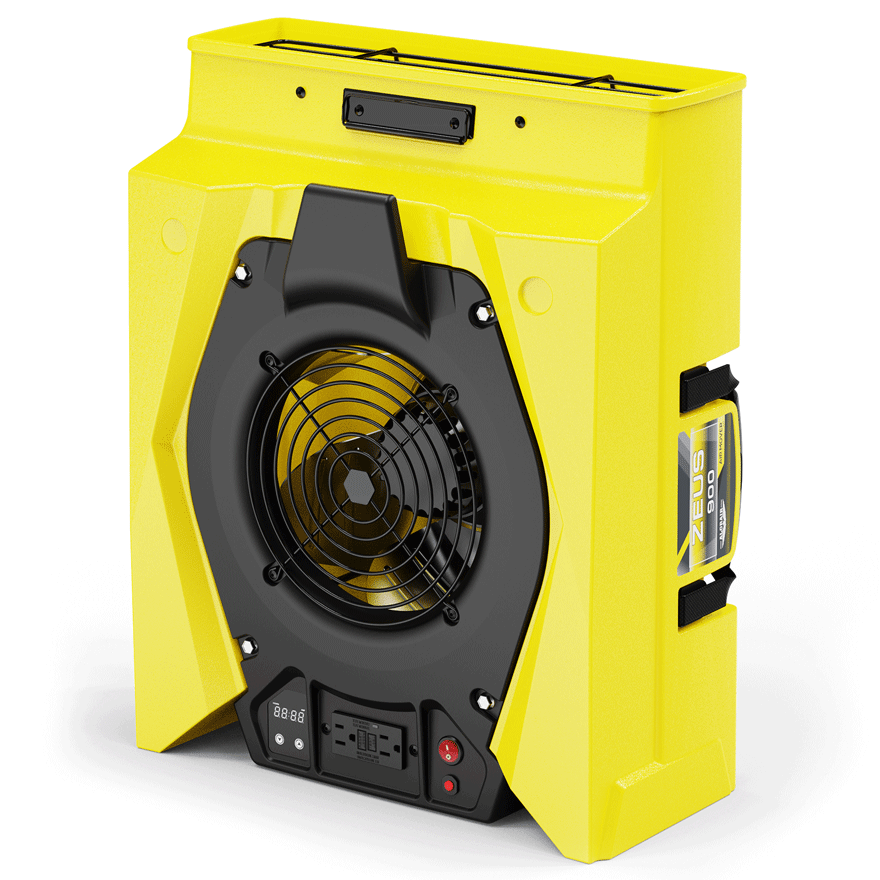
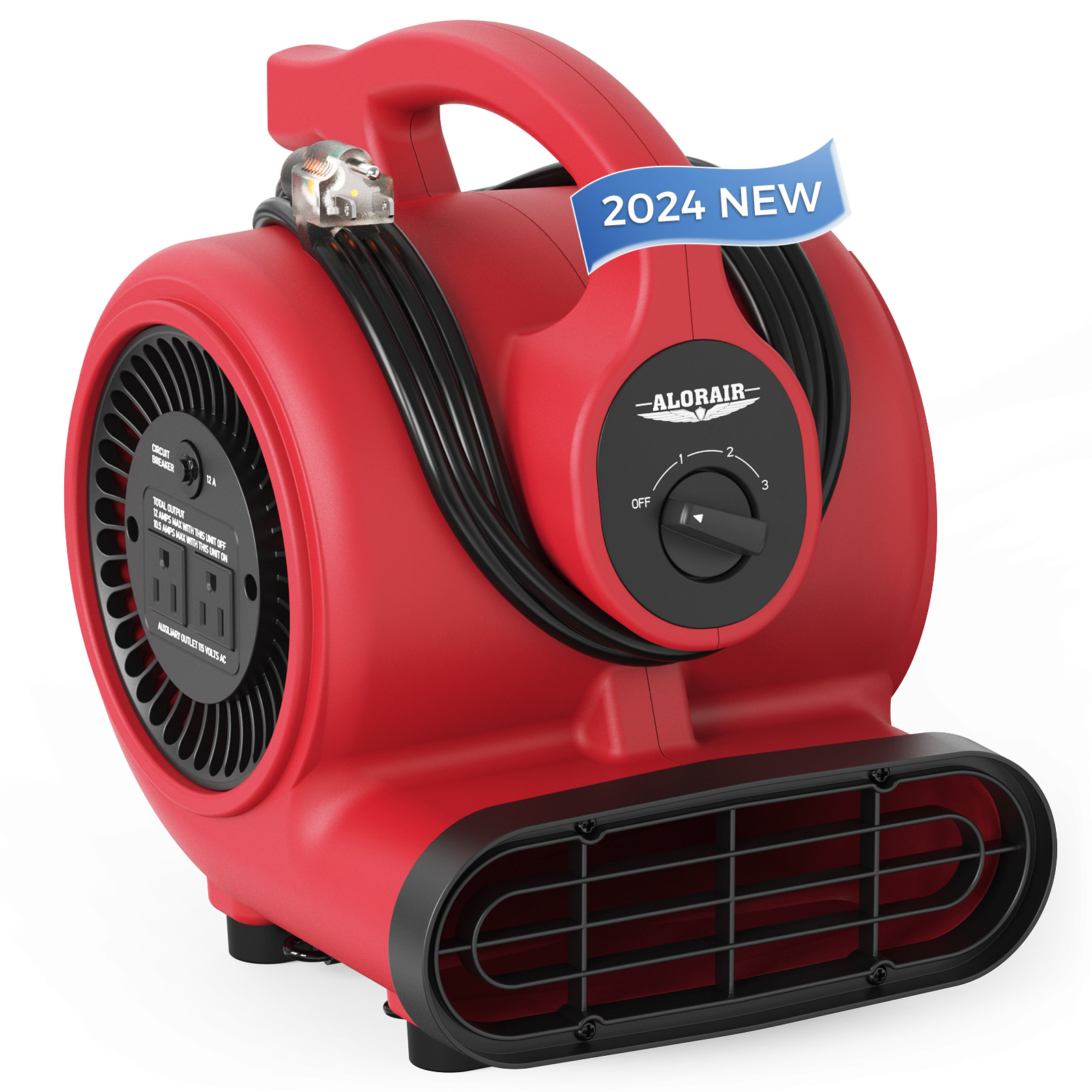
.jpg)
.jpg)
.jpg)
.jpg)
.jpg)
.jpg)
.jpg)
.jpg)
.jpg)
.jpg)
.jpg)
.jpg)
.jpg)
.jpg)





.jpg)
.jpg)
















-.jpg)
.jpg)

.jpg)
.jpg)



























 Exclusive offers
promotions
Exclusive offers
promotions

